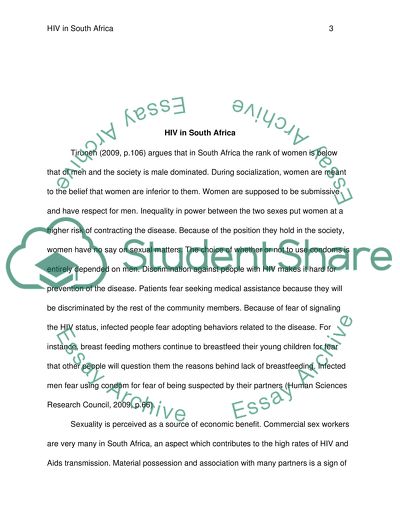Cite this document
(“HIV in african country Research Paper Example | Topics and Well Written Essays - 1500 words”, n.d.)
HIV in african country Research Paper Example | Topics and Well Written Essays - 1500 words. Retrieved from https://studentshare.org/nursing/1446566-hiv-in-african-country
HIV in african country Research Paper Example | Topics and Well Written Essays - 1500 words. Retrieved from https://studentshare.org/nursing/1446566-hiv-in-african-country
(HIV in African Country Research Paper Example | Topics and Well Written Essays - 1500 Words)
HIV in African Country Research Paper Example | Topics and Well Written Essays - 1500 Words. https://studentshare.org/nursing/1446566-hiv-in-african-country.
HIV in African Country Research Paper Example | Topics and Well Written Essays - 1500 Words. https://studentshare.org/nursing/1446566-hiv-in-african-country.
“HIV in African Country Research Paper Example | Topics and Well Written Essays - 1500 Words”, n.d. https://studentshare.org/nursing/1446566-hiv-in-african-country.


